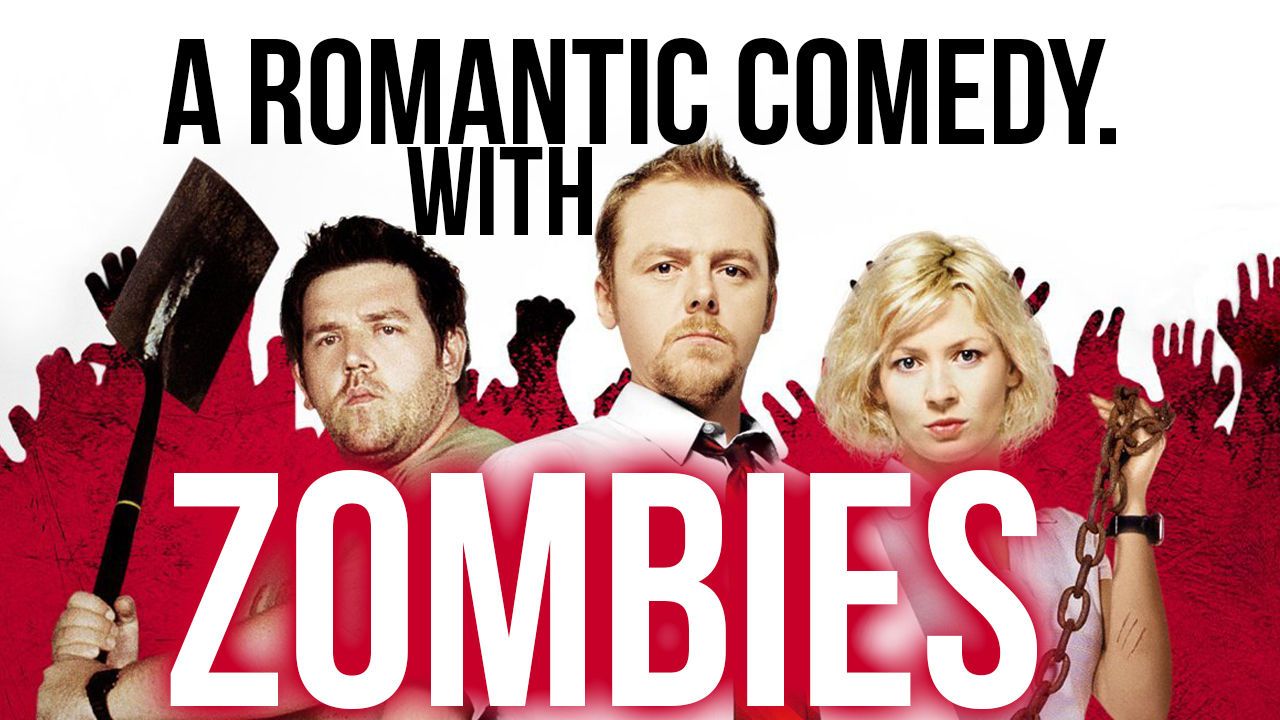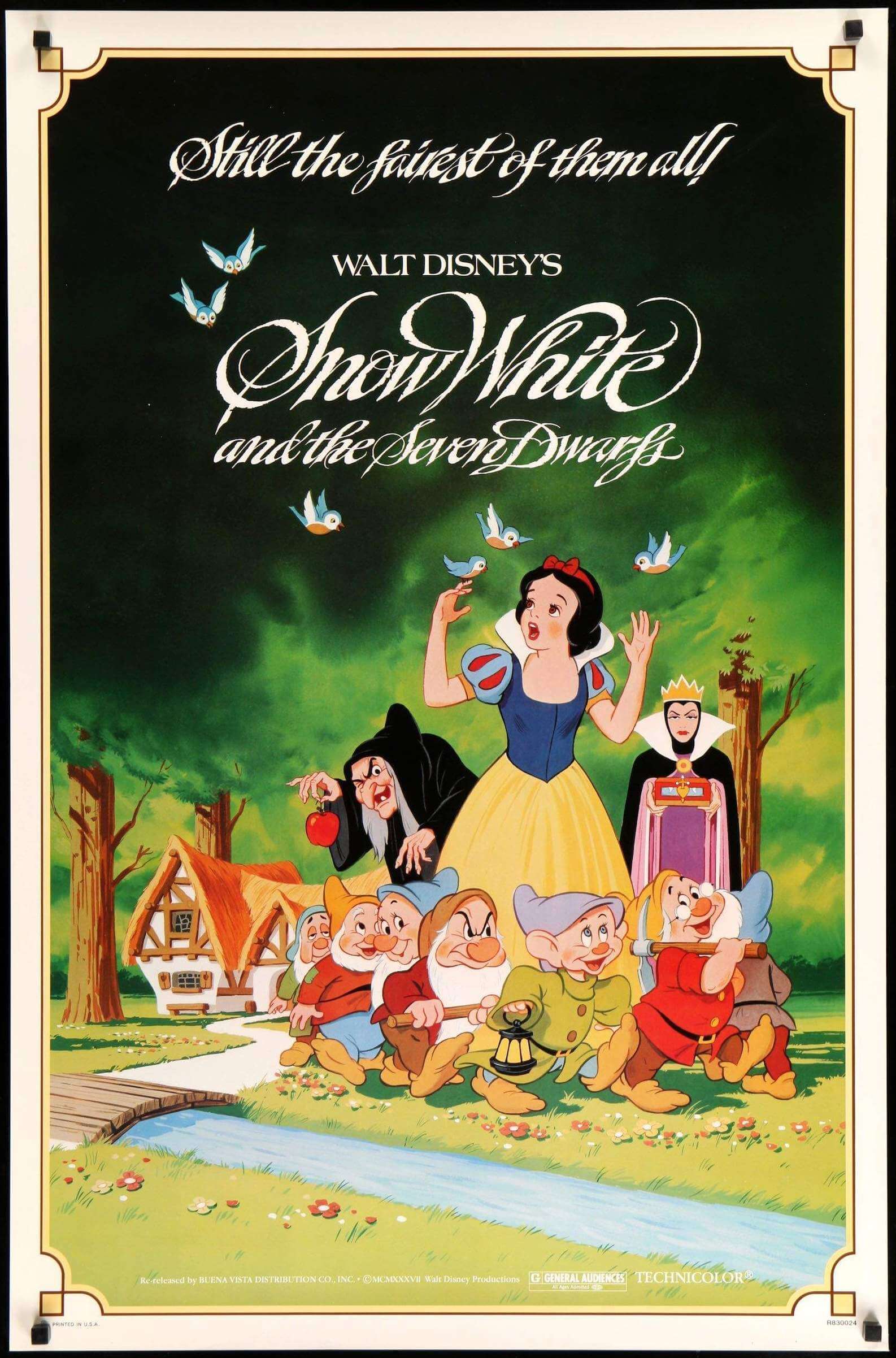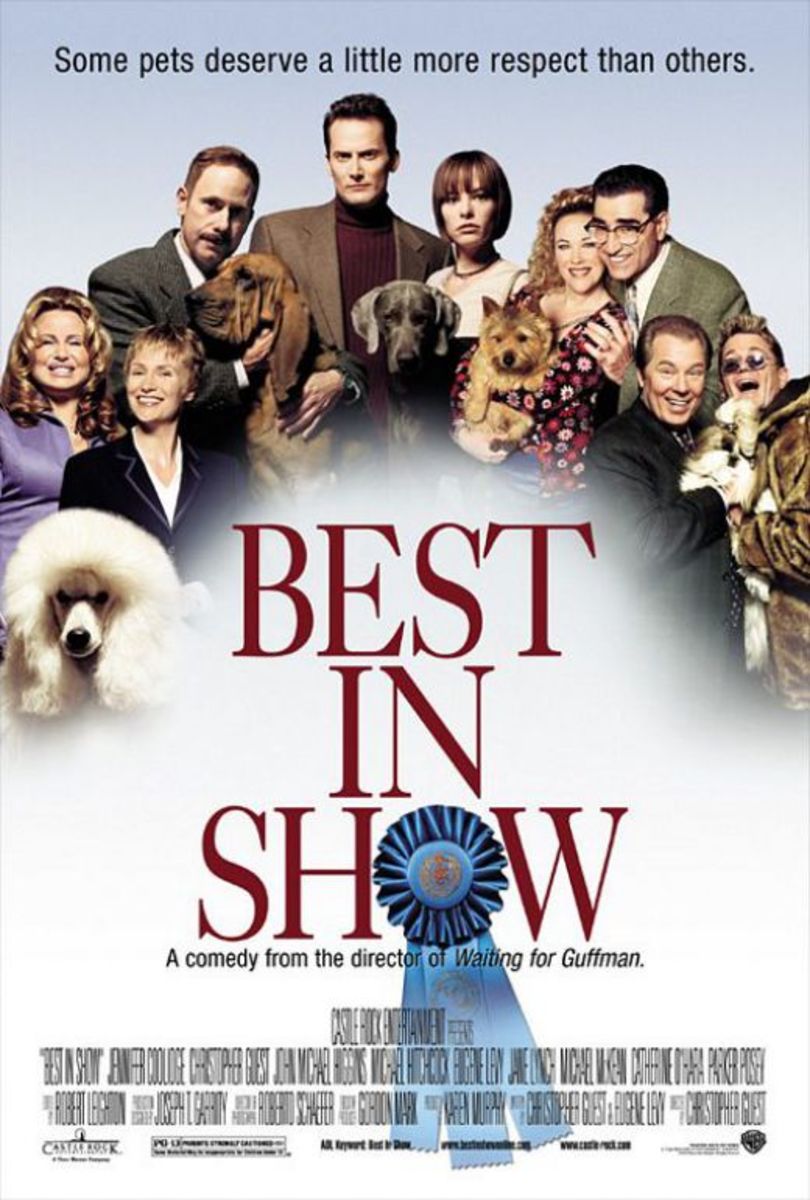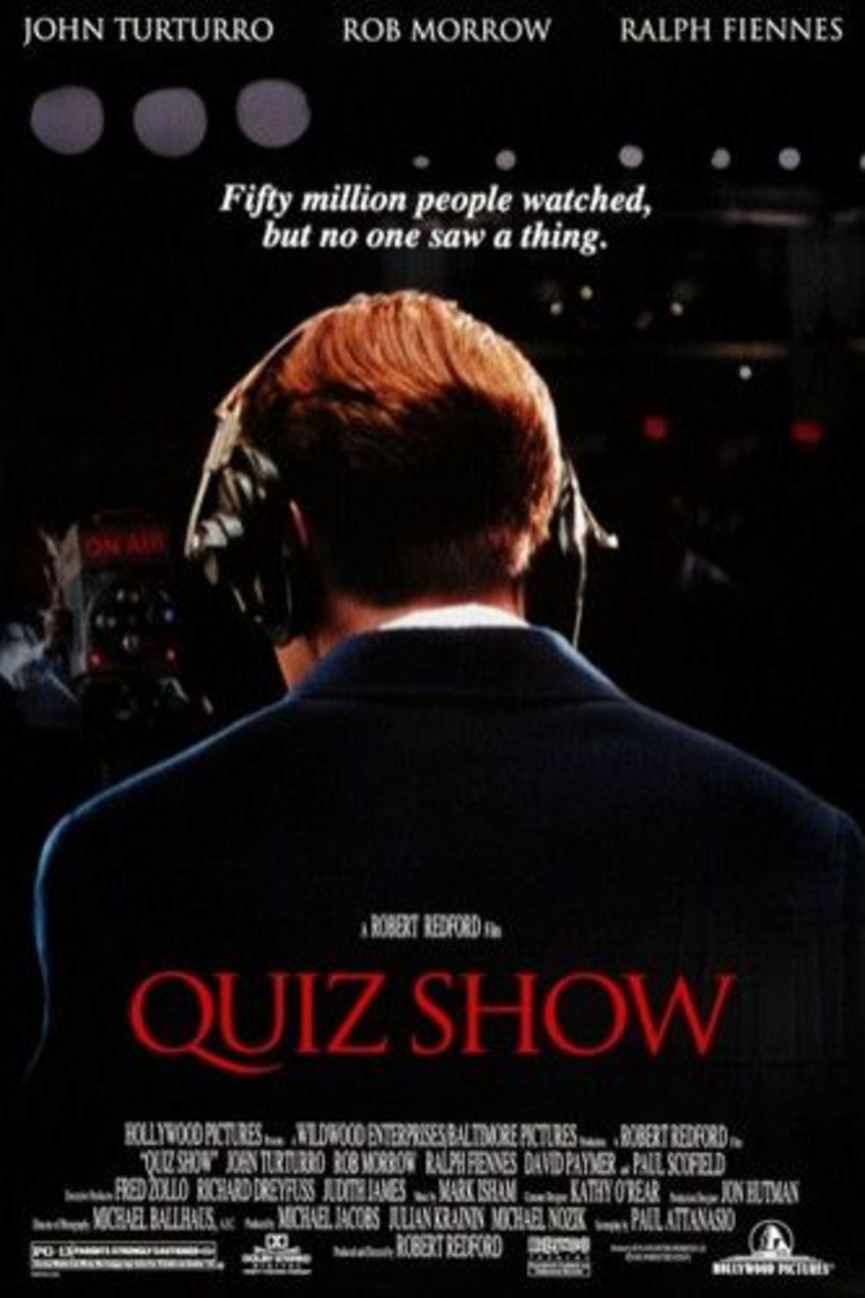The Power of a Great Tagline
A well-crafted tagline is a crucial element in capturing the essence of a movie and drawing in audiences. A great tagline can be the difference between a film that resonates with viewers and one that falls flat. But what is a tagline for a movie, exactly? In essence, it’s a concise phrase that distills the film’s themes, tone, and unique selling proposition into a single, memorable line. When done correctly, a tagline can become synonymous with the movie itself, evoking emotions and expectations in the minds of potential viewers.
Iconic movie taglines have become ingrained in popular culture, often transcending the films they represent. Who can forget the ominous “You’re gonna need a bigger boat” from Jaws, or the haunting “I’ll be back” from The Terminator? These taglines have become part of our collective consciousness, symbolizing the movies they promote and leaving a lasting impression on audiences. A great tagline can also be a powerful marketing tool, generating buzz and excitement around a film’s release.
So, what makes a movie tagline effective? A good tagline should be brief, yet impactful. It should capture the film’s unique tone and themes, while also resonating with the target audience. A great tagline can be funny, thought-provoking, or even terrifying – as long as it leaves a lasting impression on the viewer. By incorporating a well-crafted tagline into a movie’s marketing campaign, filmmakers can create a sense of anticipation and expectation around their film, drawing in audiences and setting the stage for a successful release.
Some of the most iconic movie taglines have been crafted by skilled copywriters and marketers who understand the power of language and the importance of capturing a film’s essence in a single line. By studying these examples and incorporating the principles of effective tagline writing, filmmakers can create their own memorable and impactful taglines – and reap the benefits of a successful marketing campaign.
What Makes a Movie Tagline Effective?
A successful movie tagline is a delicate balance of brevity, creativity, and relevance to the film’s themes and tone. A great tagline should be short and memorable, yet still convey the essence of the movie. This can be achieved by using action verbs, vivid imagery, and emotional resonance to create a lasting impression on the viewer.
For example, the tagline for the movie “Alien” – “In space, no one can hear you scream” – is a masterclass in brevity and creativity. This short phrase not only conveys the sense of isolation and fear that pervades the film, but also creates a sense of tension and anticipation in the viewer. Similarly, the tagline for “The Silence of the Lambs” – “To enter the mind of a serial killer, she must first enter his madness” – uses vivid imagery and emotional resonance to create a sense of unease and fascination in the viewer.
Relevance to the film’s themes and tone is also crucial in creating an effective tagline. A tagline that accurately reflects the movie’s tone and themes can help to generate buzz and excitement around the film, while a tagline that is misleading or inaccurate can have the opposite effect. For example, the tagline for the movie “The Big Lebowski” – “The ‘Dude’ abides” – perfectly captures the film’s quirky, offbeat tone and has become a cult classic in its own right.
By analyzing examples of effective taglines from various movie genres, it becomes clear that there is no one-size-fits-all approach to crafting a great tagline. However, by incorporating the key elements of brevity, creativity, and relevance, filmmakers can create a tagline that not only captures the essence of their movie, but also leaves a lasting impression on audiences.
So, what is a tagline for a movie that effectively balances these elements? A great tagline is one that is both memorable and impactful, conveying the sense of excitement, tension, or emotion that drives the film. By understanding the key elements of a successful tagline, filmmakers can create a marketing campaign that truly resonates with audiences and leaves a lasting impression.
How to Write a Compelling Movie Tagline
When it comes to crafting a movie tagline, there are several key elements
How to Write a Compelling Movie Tagline
When it comes to crafting a movie tagline, there are several key elements to consider. A great tagline should be brief, creative, and relevant to the film’s themes and tone. But what makes a movie tagline truly compelling? To answer this question, let’s break down the essential components of a successful tagline and explore some strategies for writing one that will leave a lasting impression on audiences.
One of the most important things to keep in mind when writing a movie tagline is the use of action verbs. Verbs like “survive,” “fight,” and “escape” can help to create a sense of tension and urgency, drawing the viewer in and making them want to learn more about the film. For example, the tagline for the movie “Alien” – “In space, no one can hear you scream” – uses the verb “scream” to create a sense of fear and panic.
Another key element of a successful movie tagline is the use of vivid imagery. By incorporating sensory details and descriptive language, a tagline can help to paint a picture in the viewer’s mind and make the film more memorable. For example, the tagline for the movie “The Matrix” – “You take the blue pill, the story ends. You wake up in your bed and believe whatever you want to believe. You take the red pill, you stay in Wonderland, and I’ll show you how deep the rabbit hole goes” – uses vivid imagery to create a sense of wonder and curiosity.
Emotional resonance is also crucial when it comes to writing a compelling movie tagline. A great tagline should tap into the viewer’s emotions, making them feel something deeply. For example, the tagline for the movie “The Shawshank Redemption” – “Get busy living, or get busy dying” – uses emotional resonance to create a sense of hope and inspiration.
Finally, a great movie tagline should be concise and to the point. A tagline that is too long or too complicated can be off-putting and may not resonate with viewers. For example, the tagline for the movie “Jaws” – “Just when you thought it was safe to go back in the water” – is short, simple, and effective, making it one of the most iconic movie taglines of all time.
By incorporating these elements – action verbs, vivid imagery, emotional resonance, and concision – you can write a movie tagline that will capture the essence of your film and leave a lasting impression on audiences. Remember, a great tagline is not just a marketing tool, but a way to connect with viewers and make your film more memorable. So, what is a tagline for a movie? It’s a chance to tell your story, evoke emotions, and leave a lasting impact on your audience.
The Role of Taglines in Movie Marketing
A well-crafted movie tagline plays a crucial role in the broader context of movie marketing. It is often used in conjunction with other marketing materials, such as trailers, posters, and social media campaigns, to generate buzz and excitement around a film. A great tagline can help to capture the essence of a movie and leave a lasting impression on audiences, making it an essential component of a film’s marketing strategy.
Trailers are a key platform for showcasing a movie tagline. A well-crafted tagline can be used to bookend a trailer, providing a memorable and impactful conclusion to the preview. For example, the tagline for the movie “Inception” – “Your mind is the scene of the crime” – is used to great effect in the film’s trailer, leaving viewers with a lasting impression of the movie’s themes and tone.
Posters are another important platform for showcasing a movie tagline. A great tagline can be used to add an extra layer of depth and meaning to a poster, making it more memorable and impactful. For example, the tagline for the movie “The Dark Knight” – “Why so serious?” – is used to great effect on the film’s poster, adding an extra layer of complexity and intrigue to the image.
Social media campaigns are also an important platform for showcasing a movie tagline. A great tagline can be used to create engaging and shareable content, such as memes and GIFs, that can help to generate buzz and excitement around a film. For example, the tagline for the movie “The Hunger Games” – “May the odds be ever in your favor” – was used to great effect on social media, with fans creating and sharing their own memes and GIFs featuring the tagline.
Overall, a well-crafted movie tagline is an essential component of a film’s marketing strategy. By using a great tagline in conjunction with other marketing materials, such as trailers, posters, and social media campaigns, filmmakers can generate buzz and excitement around their movie, leaving a lasting impression on audiences.
So, what is a tagline for a movie? It’s a powerful marketing tool that can help to capture the essence of a film and leave a lasting impression on audiences. By incorporating a great tagline into a movie’s marketing strategy, filmmakers can increase their chances of success and create a lasting impact on popular culture.
Common Mistakes to Avoid When Writing a Movie Tagline
When it comes to writing a movie tagline, there are several common mistakes to avoid. These mistakes can make a tagline ineffective, or even worse, damaging to the film’s marketing efforts. Here are some of the most common pitfalls to avoid:
Clichés are a major mistake to avoid when writing a movie tagline. A clichéd tagline is one that uses overused and unoriginal language, such as “The ultimate thrill ride” or “A journey of a lifetime.” These types of taglines are not only unoriginal, but they also fail to capture the unique essence of the film.
Overly complex language is another mistake to avoid. A tagline should be short, simple, and to the point. Avoid using language that is too convoluted or confusing, as it can alienate potential viewers. For example, the tagline for the movie “Inception” – “Your mind is the scene of the crime” – is a great example of a simple yet effective tagline.
A lack of relevance to the film’s themes and tone is also a major mistake to avoid. A tagline should capture the essence of the film, including its themes, tone, and genre. Avoid using a tagline that is too generic or doesn’t accurately reflect the film’s content. For example, the tagline for the movie “The Shawshank Redemption” – “Get busy living, or get busy dying” – is a great example of a tagline that accurately reflects the film’s themes and tone.
Using a tagline that is too long or too short is also a mistake to avoid. A tagline should be concise and to the point, but also long enough to capture the essence of the film. Avoid using a tagline that is too brief, as it can fail to convey the necessary information. For example, the tagline for the movie “Jaws” – “You’ll never go in the water again” – is a great example of a concise yet effective tagline.
Finally, using a tagline that is too focused on the film’s plot is also a mistake to avoid. A tagline should capture the essence of the film, including its themes, tone, and genre, rather than just focusing on the plot. Avoid using a tagline that gives away too much of the plot, as it can spoil the surprise for potential viewers.
By avoiding these common mistakes, you can write a movie tagline that is effective, memorable, and impactful. Remember, a great tagline is one that captures the essence of the film and leaves a lasting impression on audiences. So, what is a tagline for a movie? It’s a powerful marketing tool that can help to generate buzz and excitement around a film.
The Evolution of Movie Taglines Over Time
Movie taglines have undergone significant changes over the years, reflecting shifts in audience preferences, marketing strategies, and cultural trends. From the classic one-liners of the 1980s to the more nuanced and complex taglines of modern films, the evolution of movie taglines is a fascinating story that reveals the changing nature of movie marketing.
In the 1980s, movie taglines were often short, punchy, and attention-grabbing. Classics like “E.T. phone home” (E.T. the Extra-Terrestrial, 1982) and “I’ll be back” (The Terminator, 1984) became ingrained in popular culture, symbolizing the era’s emphasis on simplicity and memorability. These taglines were often used in conjunction with iconic imagery, such as the E.T. logo or the Terminator’s robotic visage, to create a lasting impression on audiences.
In the 1990s and 2000s, movie taglines began to shift towards more complex and nuanced language. Films like “The Matrix” (1999) and “Inception” (2010) featured taglines that were more cerebral and thought-provoking, reflecting the era’s emphasis on intelligent, high-concept storytelling. These taglines often incorporated themes and motifs from the films themselves, adding an extra layer of depth and meaning to the marketing campaign.
In recent years, movie taglines have continued to evolve, incorporating new trends and technologies. The rise of social media has led to the creation of more interactive and engaging taglines, often featuring hashtags and other digital elements. Films like “The Hunger Games” (2012) and “Star Wars: The Force Awakens” (2015) have used social media to create immersive, fan-driven marketing campaigns that blur the lines between the film and its audience.
Despite these changes, the core principles of a great movie tagline remain the same. A well-crafted tagline should capture the essence of the film, conveying its themes, tone, and genre in a concise and memorable way. Whether it’s a classic one-liner or a more complex, nuanced phrase, a great tagline can make all the difference in a film’s marketing campaign, leaving a lasting impression on audiences and setting the tone for a successful release.
So, what is a tagline for a movie? It’s a powerful marketing tool that has evolved over time, reflecting changes in audience preferences, marketing strategies, and cultural trends. By understanding the evolution of movie taglines, filmmakers and marketers can create more effective, engaging, and memorable marketing campaigns that capture the essence of their films and leave a lasting impression on audiences.
Conclusion: The Enduring Power of a Great Movie Tagline
In conclusion, a well-crafted movie tagline is a powerful tool that can capture the essence of a film and leave a lasting impression on audiences. By understanding the key elements of a successful tagline, including brevity, creativity, and relevance to the film’s themes and tone, filmmakers and marketers can create effective marketing campaigns that draw in audiences and generate buzz around a film.
Throughout this article, we have explored the importance of movie taglines in capturing the essence of a film and leaving a lasting impression on audiences. We have analyzed examples of iconic movie taglines, including “Jaws,” “The Terminator,” and “The Shawshank Redemption,” and examined the key elements that make them effective. We have also discussed the role of taglines in movie marketing, including their use in trailers, posters, and social media campaigns.
In addition, we have identified common pitfalls to avoid when crafting a movie tagline, including clichés, overly complex language, and a lack of relevance to the film’s themes. We have also explored the evolution of movie taglines over time, from the classic one-liners of the 1980s to the more nuanced and complex taglines of modern films.
So, what is a tagline for a movie? It’s a powerful marketing tool that can capture the essence of a film and leave a lasting impression on audiences. By understanding the key elements of a successful tagline and avoiding common pitfalls, filmmakers and marketers can create effective marketing campaigns that draw in audiences and generate buzz around a film.
In the end, a great movie tagline is one that is memorable, impactful, and relevant to the film’s themes and tone. By crafting a well-crafted tagline, filmmakers and marketers can create a lasting impression on audiences and set the tone for a successful release. Whether it’s a classic one-liner or a more nuanced and complex phrase, a great movie tagline is an essential element of any successful movie marketing campaign.





